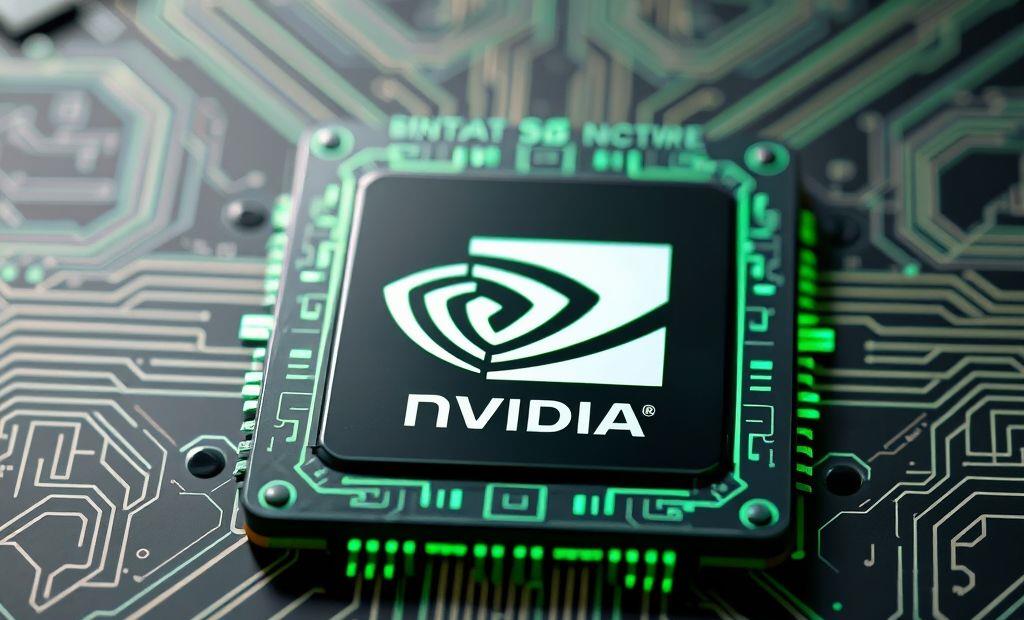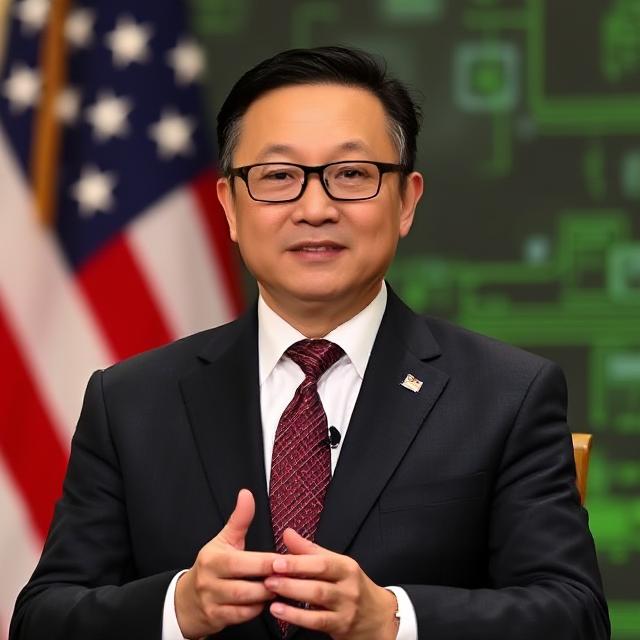Nvidia’s New AI Chip for China: Report

Nvidia Reportedly Plans New AI Chip for China Nvidia is reportedly developing a new AI chip specifically designed for the Chinese market. This move comes...
⏱️ Estimated reading time: 3 min
Latest News
Nvidia Reportedly Plans New AI Chip for China
Nvidia is reportedly developing a new AI chip specifically designed for the Chinese market. This move comes as the company navigates restrictions on exporting its most powerful chips to China, aiming to still serve the significant demand for AI capabilities in the region.
The new chip aims to comply with US export regulations while providing sufficient performance for Chinese AI applications. This demonstrates Nvidia’s commitment to maintaining a presence in the Chinese market despite geopolitical challenges.
Adapting to Export Restrictions
Due to escalating tensions and concerns over technology transfer, the US government has imposed restrictions on the export of advanced AI chips to China. These restrictions impact Nvidia’s ability to sell its top-tier products, such as the A100 and H100, in China.
Nvidia needs to adapt its product offerings to continue operating in China. Developing a new chip that meets regulatory requirements allows Nvidia to continue participating in China’s growing AI market. This strategy showcases Nvidia’s agility and long-term vision.
Implications for the AI Market
The development of a China-specific AI chip has several implications:
- Continued Access to AI Tech: Chinese companies can still access advanced AI technology, albeit with some limitations.
- Market Competition: Other chipmakers might follow suit, creating more competition in the AI chip market tailored for China.
- Geopolitical Impact: This situation highlights the ongoing tensions and the need for companies to balance business interests with geopolitical realities.

Future Outlook
Nvidia secured U.S. approval to resume H20 AI chip sales in China after CEO Jensen Huang met with President Trump. Additionally, the company plans to launch a downgraded, export compliant AI chip built on its Blackwell architecture, tailored specifically for the Chinese market .
Why This Move Matters
- Regulatory agility: Nvidia adapted its chip design to align with U.S. export controls, enabling China reentry while avoiding national security issues .
- Global hardware balance: China remains a key market half of the world’s AI researchers work there making the H20 comeback crucial for Nvidia’s global influence .
- Geopolitical signal: The U.S. reopening chip access signals thawing trade tensions and trust signals in broader Sino American negotiations .
Technical & Market Dynamics
- H20 chip: Resumes shipping post-license approval; popular among Chinese firms .
- Blackwell-based model: Modified to exclude sensitive specs like high-bandwidth memory and NVLink, but still serves large-scale inference and automation workloads OpenTool
- Strategic timing: Launch targets September 2025, timed with continued negotiations and Nvidia’s Beijing visit .
Industry Impacts & Strategic Takeaways
- China’s infrastructure push: The nation continues building massive AI data centers, some using Nvidia tech, despite export limits .
- Emerging competition: The U.S. move opens space for domestic alternatives like Huawei, which gains ground amid export constraints .
- Developer ecosystem strength: Nvidia’s CUDA software remains deeply entrenched, making compliance variants still appealing to Chinese developers .
Related Posts
Bluesky Enhances Moderation for Transparency, Better Tracking
Bluesky Updates Moderation Policies for Enhanced Transparency Bluesky, the decentralized social network aiming to compete...
December 11, 2025

Google Maps: Gemini Tips, EV Charger Predictions & More!
Google Maps Gets Smarter: Gemini Tips & EV Updates Google Maps is enhancing user experience...
December 9, 2025

US, UK, Australia Sanction Russian Web Host
Crackdown on Russian ‘Bulletproof’ Web Host The United States, United Kingdom, and Australia have jointly...
December 6, 2025











Leave a Reply